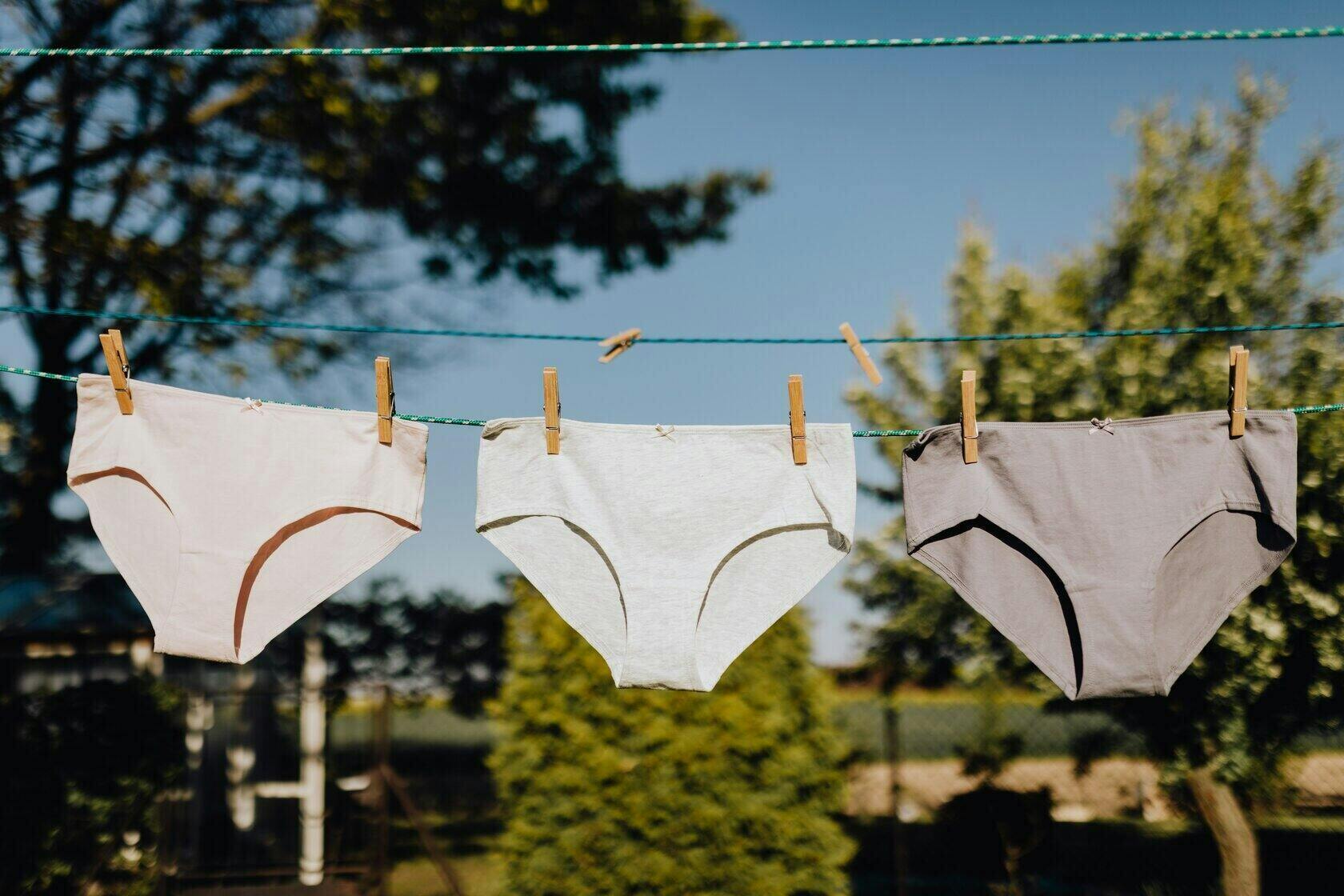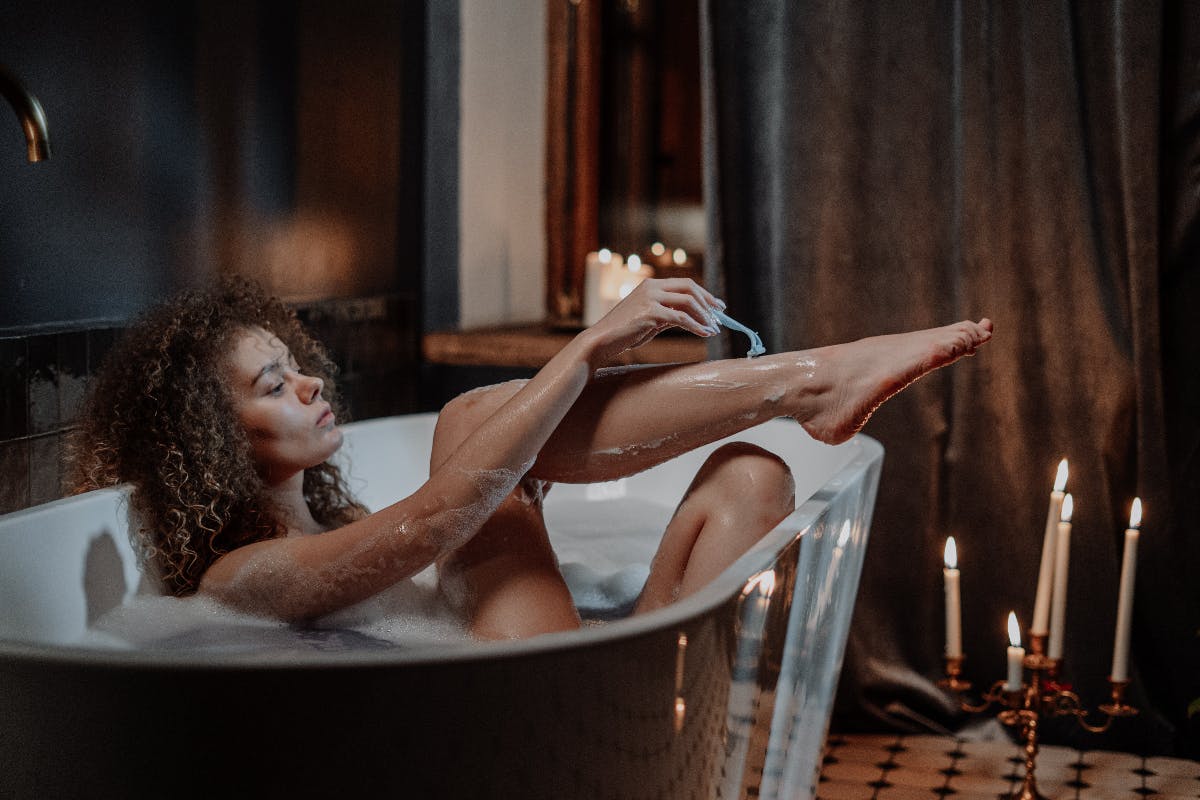Everything you need to know about face waxing
Apr 9, 2021
No one really wants to talk about it, or honestly admit to it, but your upper lip, chin and eyebrows can be fuzzy hair-sprouting wonders that need some taming. If this is the case for you, take it from us: you are far from alone in wanting to consider face waxing for its longer-lasting smooth finish. But try to search online for the best wax for face waxing, or how to do it, or what to do about break-outs, and all you’re met with is advert after advert.
Facial waxing is great for hair removal and many people favour it over plucking and depilatories (and certainly prefer it over shaving!). It’s great for those who have a fair amount of hair to target at once. Here we give you the low-down on everything you need to know, from how to prepare to after face wax tips.
Should I get my face waxed?
How (or even if!) you choose to remove your facial hair is a very personal decision. There’s no fixed solution that’s right for everyone.
Those who choose face waxing do so because they love the long-lasting effect. Waxing removes the hair from the roots and so it leaves you fuzz-free for longer. Additionally, when re-growth happens, the ends of the hairs are smooth, rather than blunt. Over time, waxing can actually result in less re-growth and thinner hairs.
Face waxing is also usually chosen by individuals with darker and thicker hair. Those with finer facial hair may have a better result choosing a different and more focused option.
However, it’s important that you look at the face waxing pros and cons. Those who favour waxing typically have robust break-out free skin.
Those with sensitive skin, and those prone to break-outs and skin irritations, will most likely prefer to opt for something like threading or depilation. Additionally, if you are using certain medications, or use topical skincare products which make your skin thinner, you should consider a different type of hair removal.
Best wax for face
If you do choose to do the waxing yourself at home, then the first step is to make sure you use a wax which is specifically designed for use on the face. Don’t reach for your usual tub of wax that you use on your hard core leg areas!
The wax hardens and adheres to the hairs and then, on removal, takes the hairs with it. Whilst there are both cool and warm waxes available for use on the face, we recommend using a warm wax. Choose a creamy, non-honey wax, which you warm in a pot. These creamier waxes are gentler. They may not be as sticky as honey-based wax, but that’s not usually a problem for hair removal on facial areas, given that the hairs are generally much easier to remove.
Doing a face wax
When you apply the warm wax to the area you are treating, always apply the wax in a smooth motion in the direction of the hair growth. This will make it considerably more comfortable, and more effective, when it is removed.
Always read and follow the instructions on the wax you have chosen and ensure that you are not in a rush. Don’t do it before you’re about to go out, as some reddening is normal.
We highly recommend having a face wax done by a professional. They will know which wax to use to ensure minimal reaction for your particular skin. They also have the best professional techniques and expertise (without the need to contort into position either).
Is it safe to wax your face?
As we say, we do recommend using a professional – if you’re inexperienced, and at home on your own, it can lead to nasty mistakes. However, face waxing using dedicated facial waxing products is safe for the majority of people.
But there are times when you shouldn’t wax your face. If you currently have sunburn, a rash, dry or irritated skin, then we don’t recommend waxing. Dry skin after waxing your face is quite normal and can be combatted, but if your skin is dry or sensitive to start with, waxing may well make it worse.
If you have moles on your upper lip or chin, you should try to avoid getting wax on these and you should definitely not have a facial wax if you have a current wound or any outbreaks.
Individuals who have diabetes, circulatory issues, or are taking certain medications (such as for acne or blood thinning), should not have any waxing done, including on the face.
Before face wax tips
There are various ways you can prepare for a face wax, to ensure a smoother process. Firstly, allow enough re-growth. This will ensure the wax adheres to the hairs more than the skin itself.
Avoid skin peels and sun exposure for around 3-4 days beforehand. Exfoliate and cleanse your skin well. Moisturise thoroughly the night before, as this will make your skin more hydrated and smoother.
Finally, book in to have your face wax at home. This will mean that you can calm any redness quickly and privately without feeling the need to cover up to leave a salon.
After face wax tips
After your face wax, cleanse the area using a gentle soap. Make sure you then have clean cotton bedding for that evening. You can use cooling compresses to cool any redness and irritation, as well as to help prevent in-grown hairs developing. Use a fragrance-free moisturiser to prevent dryness.
Wait at least a couple of days after waxing to exfoliate, and then exfoliate regularly, around twice a week. Try to stay out of the sun for a few days too. Similarly, avoid chlorinated pools and salty seas.
The best way to prevent a spot outbreak after waxing is to keep your skin clean. Don’t forget to wash your hands before you wash your face!
At-home waxing treatments
You can have the best of both worlds – an at-home face-wax done by a professional to salon standards. This will ensure targeted precision and long-lasting results. Book in to have your upper lip, chin or eyebrow wax done in the comfort of your own home.






